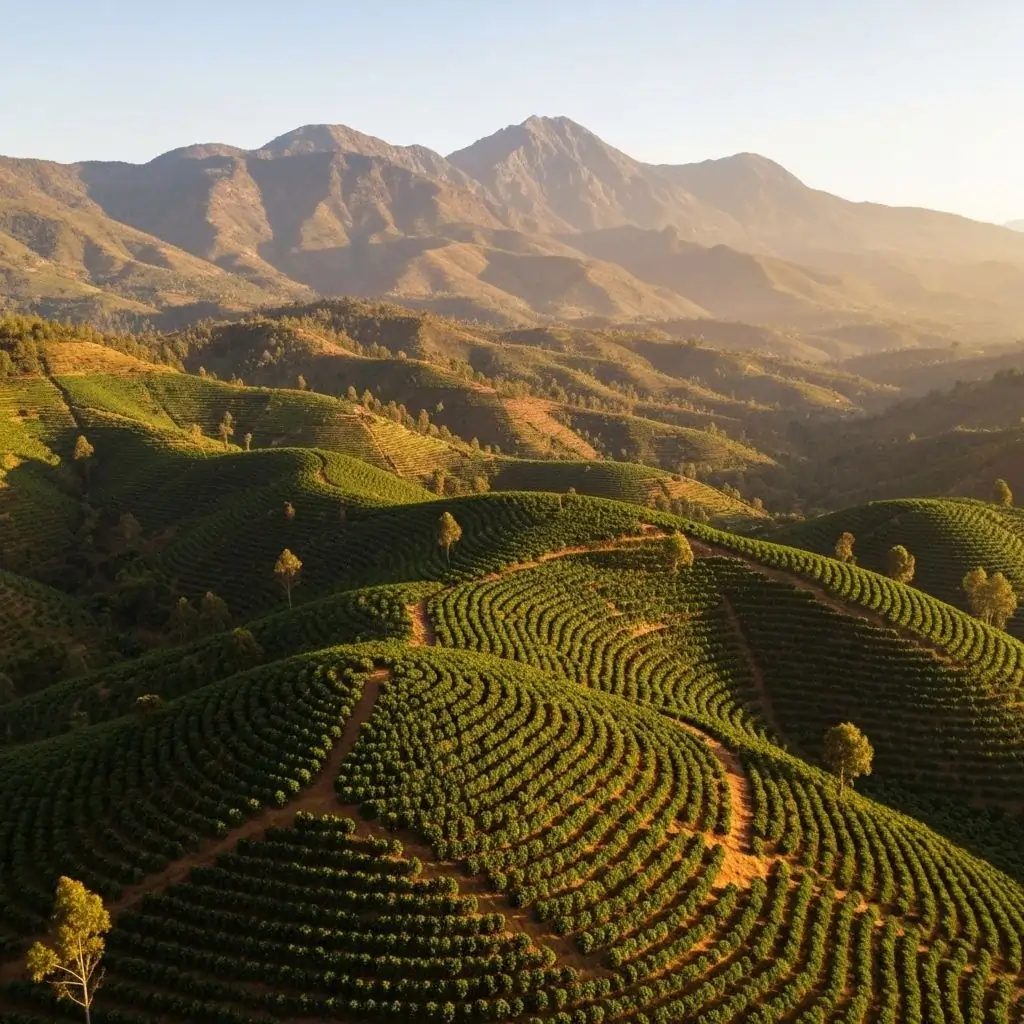
From Farm to Cup
Trace the journey of Ethiopian coffee from the highlands of Gera, Limu, and Jimma through expert processing to export excellence.
The Journey
Follow each stage of our coffee's path from origin to export
Origin: The Farms
Our coffee begins in the highlands of western Ethiopia, where smallholder farmers cultivate exceptional beans using traditional, sustainable methods.
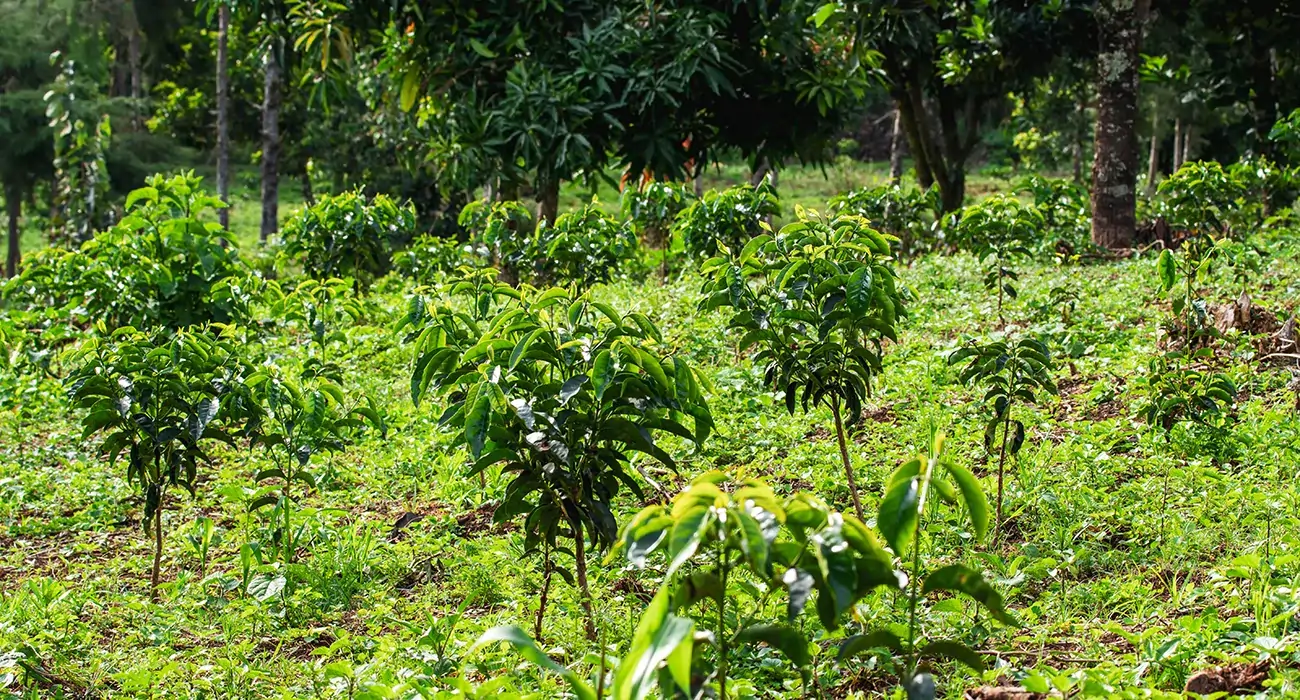
Gera
Forest-shade canopy with indigenous trees
Nestled in the lush highlands of western Ethiopia, Gera is home to smallholder farmers who cultivate coffee beneath the protective canopy of native forest trees. The rich volcanic soil and high elevation create ideal conditions for producing complex, fruity coffees. Farmers here practice traditional methods passed down through generations, carefully hand-selecting only the ripest cherries.
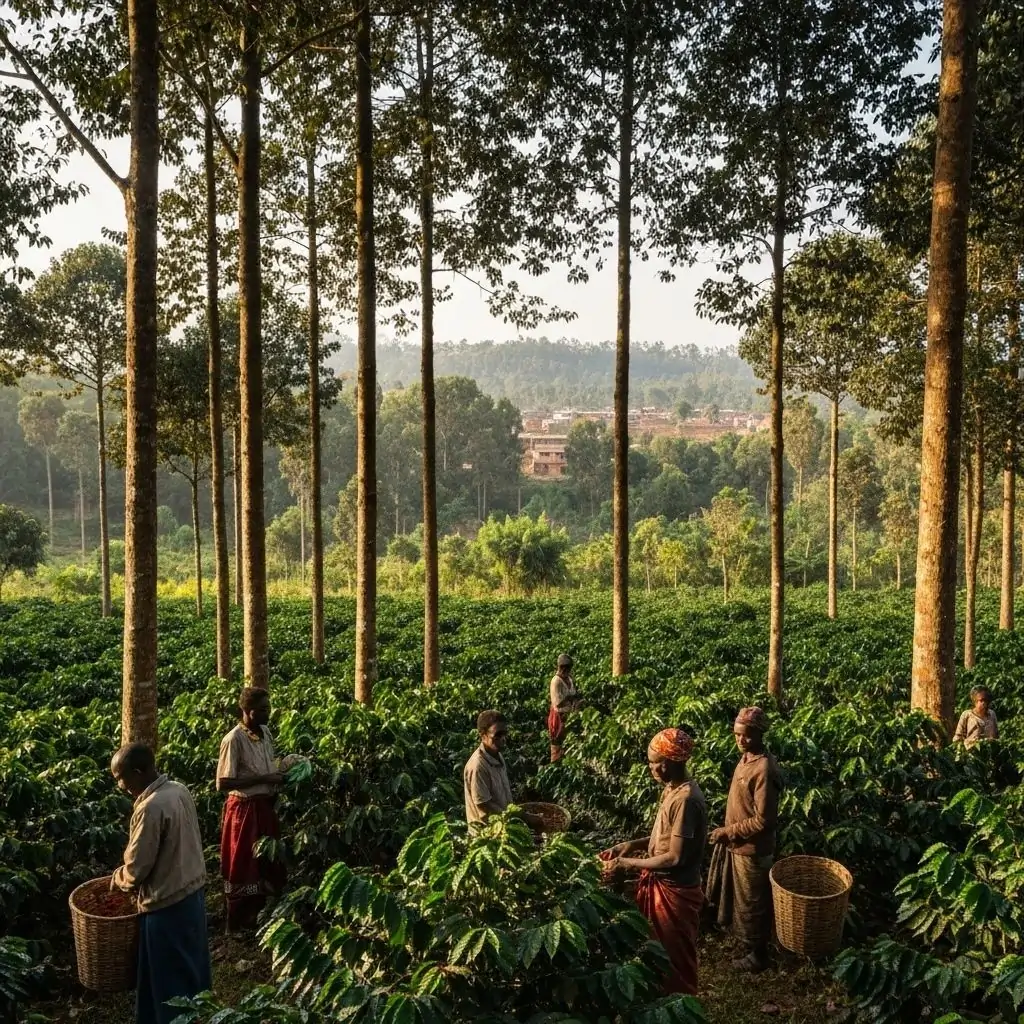
Limu
Semi-forest with natural shade
The Limu region is renowned for producing some of Ethiopia's most balanced and aromatic coffees. Farmers work in community cooperatives, sharing knowledge and resources to maintain sustainable practices. The semi-forest environment provides natural shade and biodiversity, contributing to the coffee's distinctive wine-like acidity and floral notes.
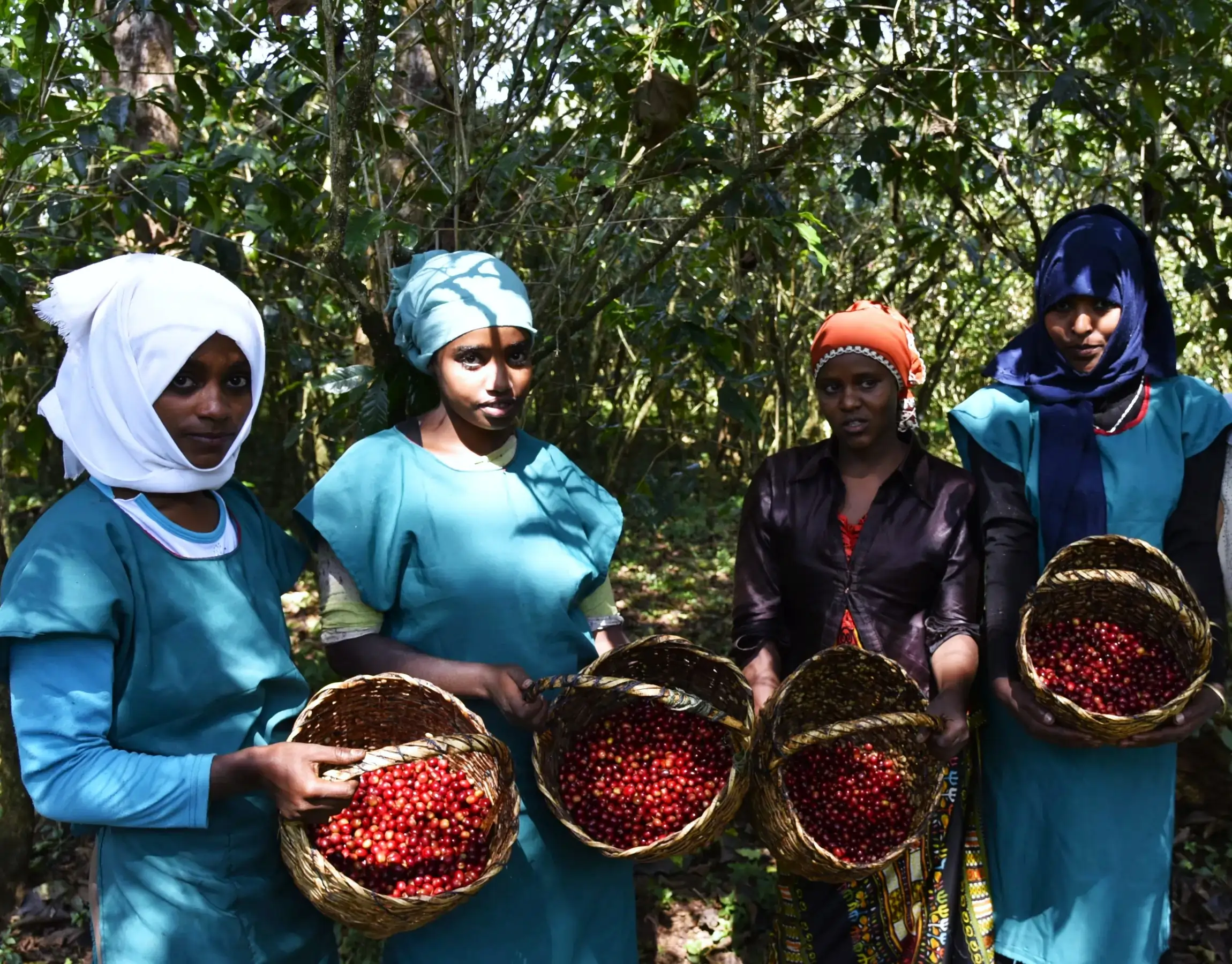
Jimma
Mixed forest-garden system
Jimma's coffee-growing tradition spans centuries, with farmers cultivating coffee in mixed forest-garden systems that promote ecological balance. The region's consistent rainfall and moderate temperatures create optimal growing conditions. Farmers make multiple passes through their plots, ensuring only perfectly ripe cherries are harvested.
Processing: Washing Stations
After harvest, cherries are transported to nearby washing stations where they undergo meticulous processing to develop their distinctive flavor profiles.
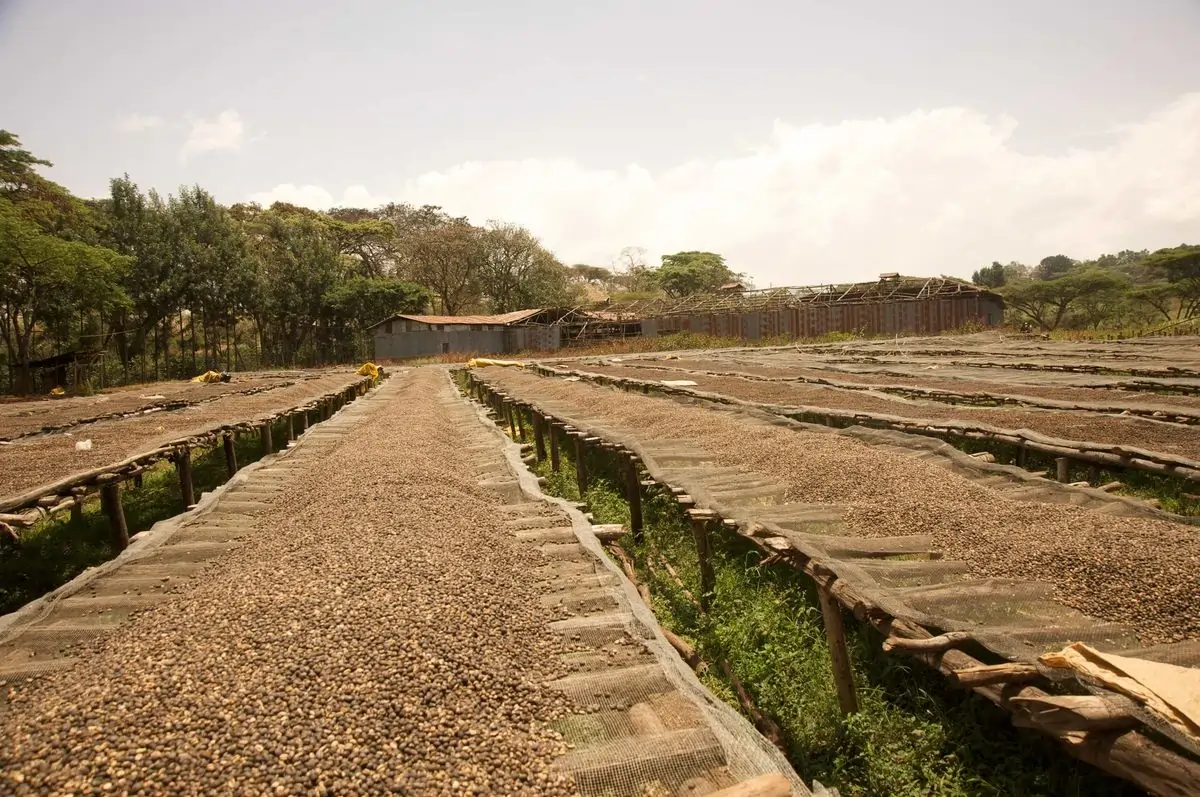
Gera Washing Station
Gera, Jimma Zone, Oromia
Gera Station serves nearby forest-shade farms, processing coffees with both washed and natural methods. Cherries are hand-sorted upon arrival to remove defects. Washed lots are depulped, fermented for 36–48 hours, and washed clean; naturals are dried whole on raised beds. Careful monitoring and regular turning ensure clean cups with Gera's hallmark florals and balanced sweetness.
Process Flow
Washing
Depulping & fermentation
Drying
10–14 days on raised beds
Sorting
Hand & density separation
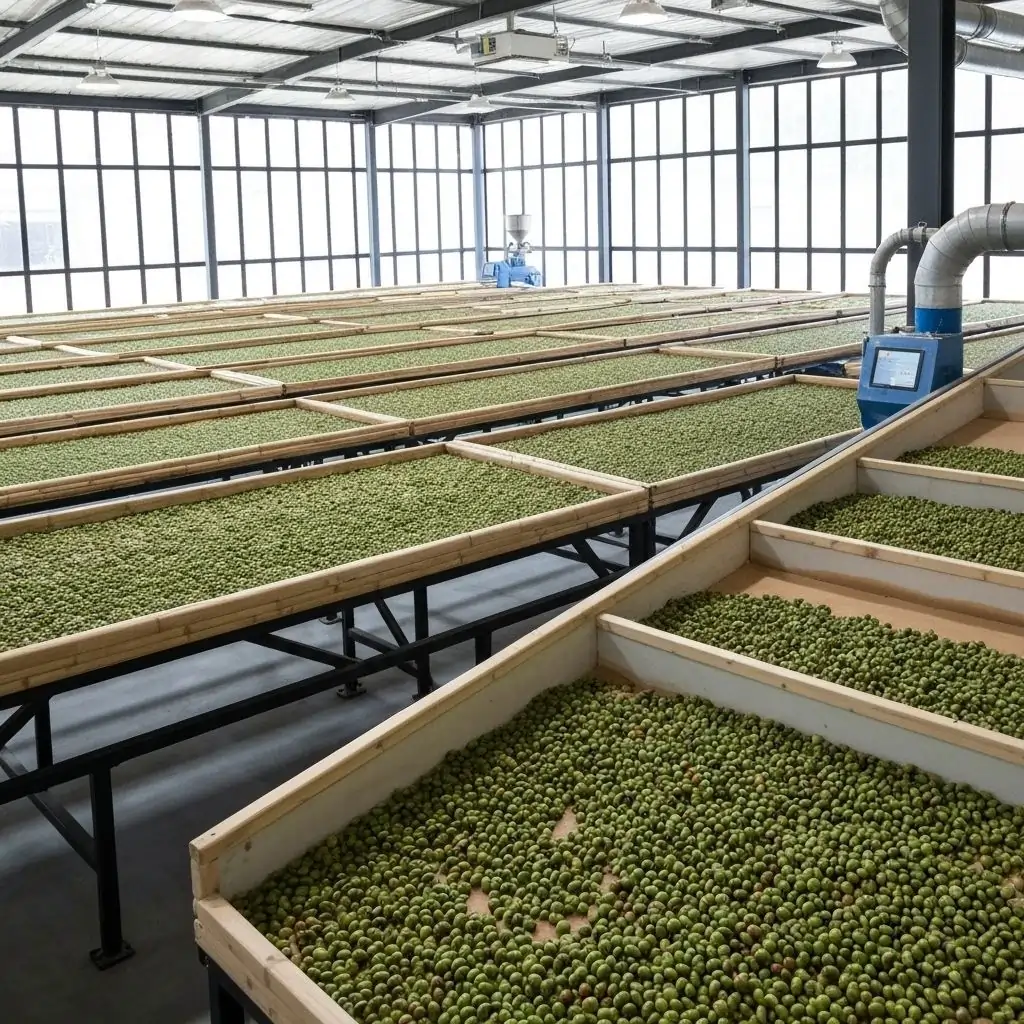
Limu Processing Station
Limu, Oromia Region
Limu Station combines modern processing with careful traditional practice. Lots are offered as washed, honey, or natural to showcase Limu's signature balance and aromatics. Cherries are floated to remove underripes, then pass through multiple hand-sorting stages. Elevated drying beds provide airflow, and parchment is turned every 2–3 hours under peak sun.
Process Flow
Processing
Washed, honey, or natural
Drying
Raised beds with airflow
Sorting
Multi-stage quality control
Export: Quality Assurance
In Addis Ababa, our export facility ensures every lot meets international standards through rigorous testing and careful preparation.
Addis Ababa, Ethiopia
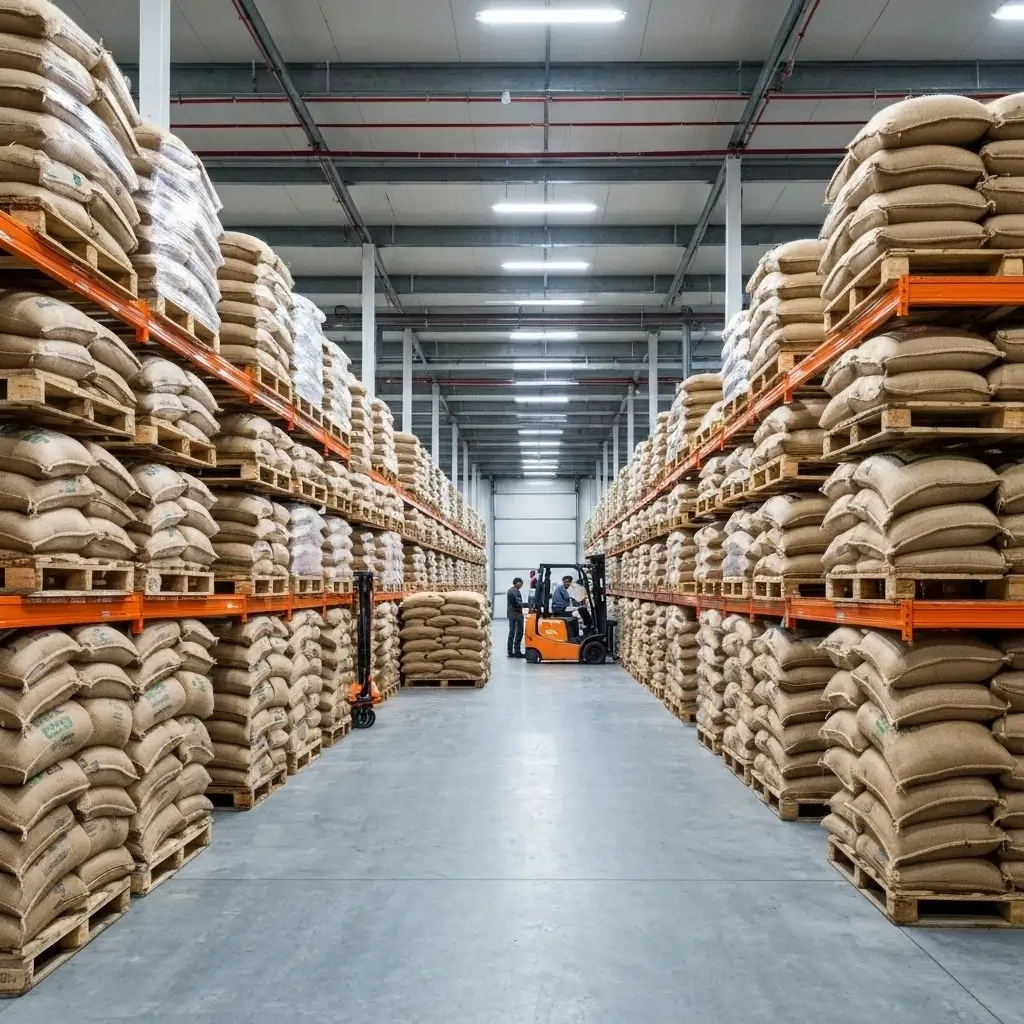
Warehouse
Our Addis Ababa facility maintains optimal storage conditions to preserve coffee quality from arrival to export. Each lot is carefully tracked and stored in climate-controlled zones.
- Climate-controlled storage with humidity monitoring
- Palletized storage system for traceability
- Individual sack labeling with origin and lot information
- FIFO inventory management
- Pest control and regular quality audits

Cupping Lab
Every lot undergoes rigorous quality testing in our cupping lab. Our team of Q-graders evaluates sensory attributes, assigns scores, and ensures each shipment meets international standards.
- SCA-certified cupping protocols
- Sensory evaluation by licensed Q-graders
- Moisture and density testing
- Defect analysis and grading
- Sample roasting for buyer approval
Export Preparation
Final preparation includes documentation verification, export permits, phytosanitary certificates, and careful packing in GrainPro-lined jute bags or vacuum-sealed boxes for optimal freshness during transit.
Quality Records
Sample quality assurance metrics from recent lots
Moisture Content
10.5%
Sample from Gera batch 2025-03
Defect Count
2 per 350g
Grade 1 classification
Cup Score
86.5 points
SCA protocol, Q-grader certified
Density
0.72 g/ml
High-density beans from altitude